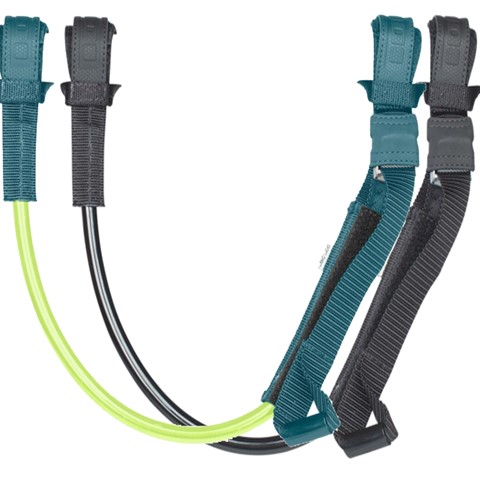PREPARATION OF THE SAIL
First of all, let's summarize the different phases, which will then be examined in detail:
1) I take out and unroll the sail;
2) I join the two pieces of the mast, top and bottom (with strong wind it might be better to do this first, to have the mast ready to put in the mast sleeve, and not to let the sail fly away);
3) I insert the mast from the bottom of the sail (sleeve base) until the tip is blocked in the end cap;
4) I insert the extension into the mast bottom;
5) I pass the downhaul line into the hole or pulley at the sail base, I build the downhaul tackle, and sheet the downhaul completely;
6) I insert the boom from the sail base, place it in the middle of the mast sleeve cut-out (but the exact position depends on the height of the rider and personal preferences), and close the boom handle lever;
7) I connect the boom terminal outhaul rope to the corresponding clew hole of the sail, and sheet it;
8) I'm ready: I connect the rig to the board to enter the water.
So, let's analyze them all. First we take out of the bag and unroll the sail, possibly on a smooth and not rough surface or better on a lawn; ah, it may seem stupid, but if we don't put the sail bag in the car (or somewhere else), at least tying it with a knot to a pole, it can disappear in the wind... The sails, and the others rig components too - boom, and extension - are generally designed to be more comfortably assembled on starboard tack, i.e. with the right side facing up (it is the side that gets the wind first when sailing on starboard tack), and not touching directly on the ground. In this way, for example, it will be easier for you to access the cleat of the extension, or to close the boom handle.
Then we take the mast bottom and top, and we join them, and then insert them gradually from the bottom into the mast sleeve. Be careful when joining the two mast pieces or - next step - when inserting the extension in mast, on a sandy beach; you risk to find them stuck, at the end of the session! Also for this reason, we advise you to rig, if possible, not on a sandy surface, but on a clean surface. If you really have to rig on the sand, make sure that the sand does not enter in any way into the joints of the various components. Furthermore, when you enjoy your session at sea, with sandy beach and sea bottom, it is almost mandatory to cover the junction between the top and bottom of the mast with grey tape, which prevents the sand from slipping inside the junction, forcing you to tedious operations at the end of the exit to separate the two pieces.
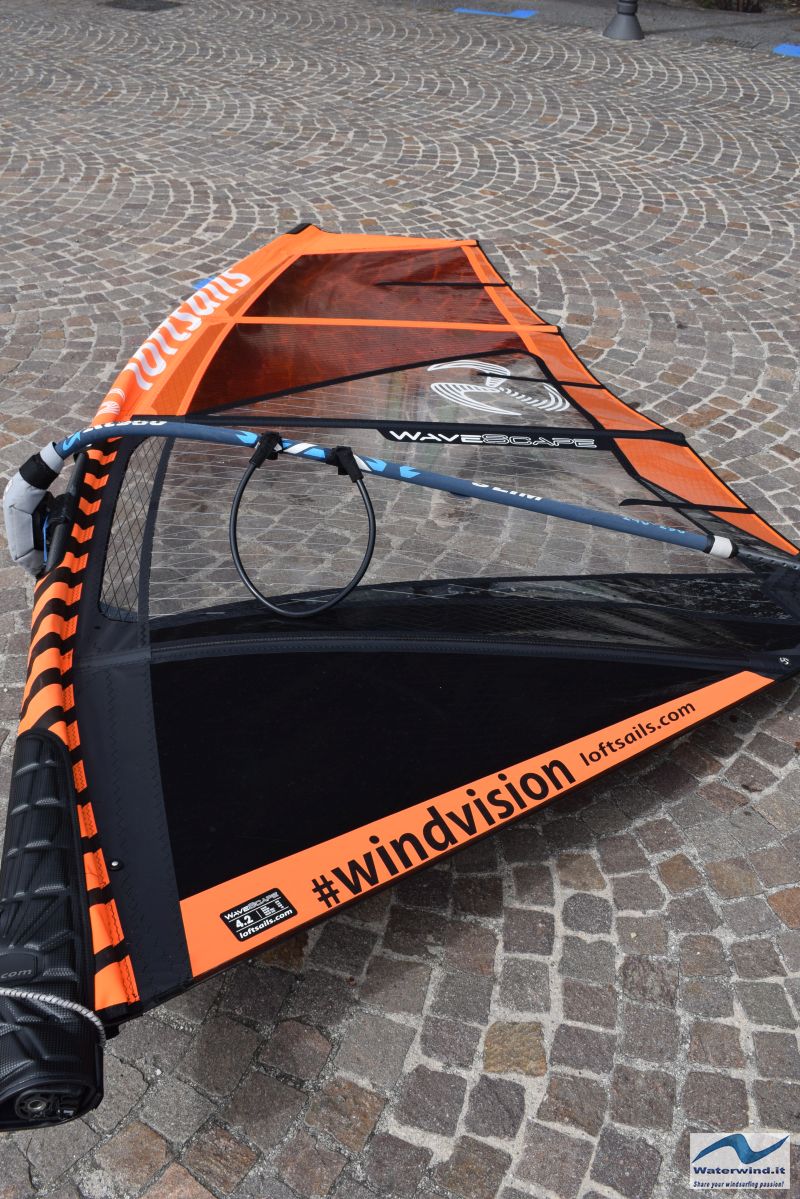
However, remember that we must first prepare the extension so that the sum of the length of the mast and the extension (set by us with the right length) corresponds to the size printed on the sail, and indicated as "luff". If, on the other hand, we use a sail with the vario-top - that is, with the end cap with adjustable length tape on the sail head - and a mast longer than the size written as luff, we will have to lengthen the cordura tape of the vario top as much as the difference between the mast (and extension set to the lowest size) and the luff.
Beware, however, that this is an acceptable operation only within certain limits! As the length of the mast increases, the bend radius under strain (IMCS) and its stiffness vary. If you use a mast that is too stiff, or with an IMCS not suitable for that sail, you will impair the performance that the sail will give you in the water.
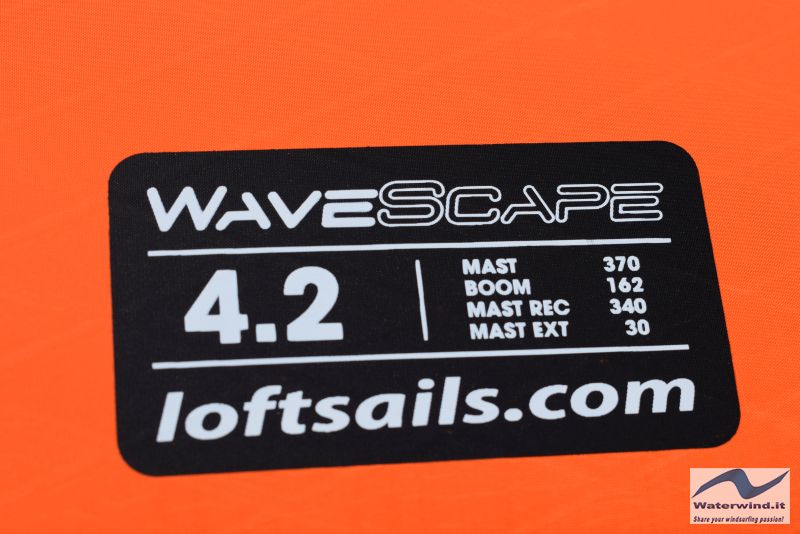
The mast will hardly have some small trouble getting into the mast sleeve, because the latter is curved, while the mast is initially straight; do not worry, it is not a defect of the sail, it is normal ... Generally, to avoid spoiling the mast sleeve, it is necessary to facilitate the sliding of the mast in the sleeve, first pulling the latter towards the base of the mast with the right hand, and then pulling it towards the mast base with the left hand (as mentioned, the sails are designed to be rigged on starboard tack) . Once the mast has been inserted all the way, check that the tip of the mast is blocked in the end cap of the sail, which may be external if the sail itself has a vario-top, or some sort of cap with an internal tip, placed at the top of the end of the mast sleeve (in this case, be very careful that no sand has entered between the tip and the mast top end).
Then check that all the sail battens are positioned on the same side of the mast; usually the brands recommend that the sail logo is legible (see above, about the best side to rig the sails), but the battens front ends are all under the mast. Now, it will seem that the battens are straining a bit the mast sleeve; but we still have to tension the sail, so don't worry.
After that, we take the extension (by now, as already said, almost all the extensions have the mast base already integrated) and insert it into the mast base, and we begin to pass the mast rope, or downhaul rope, attached to the extension, in the ring, or in the pulleys at the base of the sail; 3 steps are usually normal to build the tackle.

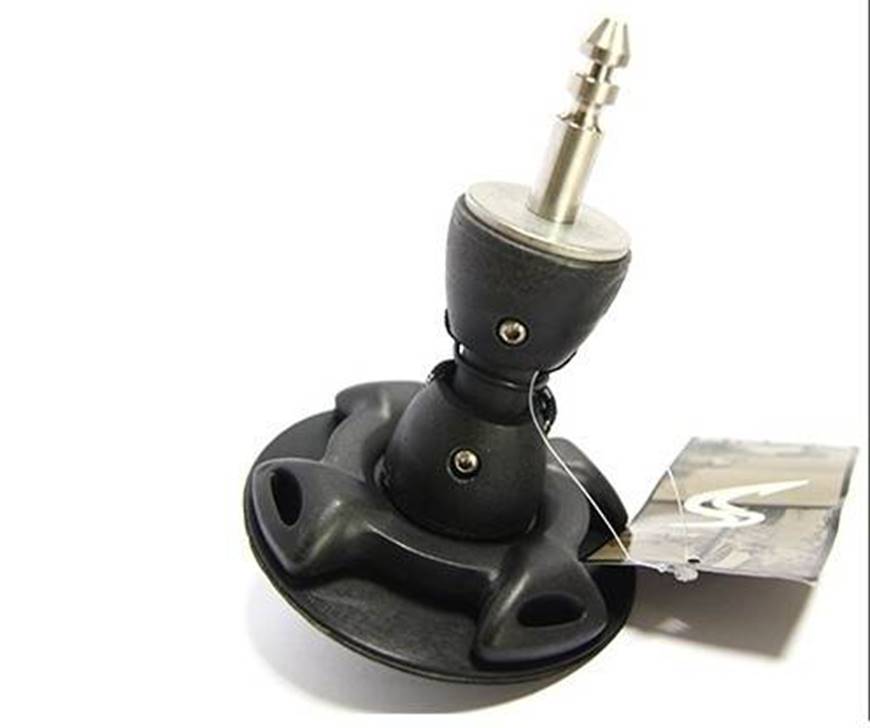
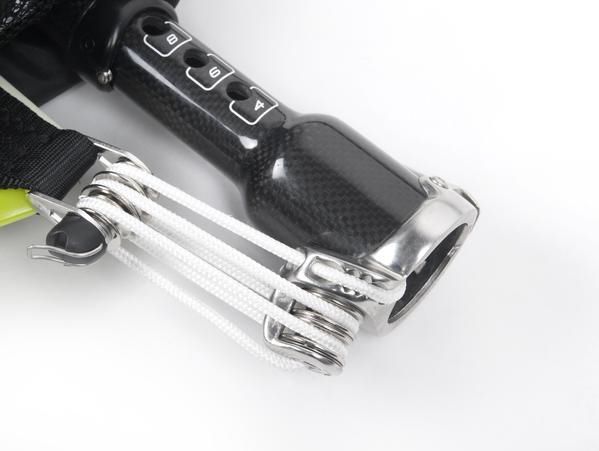
Before sheeting the downhaul, it is better to be sure that the coupling between the two parts of the mast is perfect, otherwise we could cause breakages to the mast, especially if it is with a high percentage of carbon (in case of using grey tape, at the junction, this step can be avoided, as the tape avoids that, during the operations described so far, the mast top and bottom may get slightly separated).
Now we will have to pull the downhaul with some strenght, positioning ourselves sitting on the ground, and pushing with one foot against the base of the mast, and then blocking the dowhaul rope in the cleat. Let's try to bend the legs and push, extending the one pointed against the mast base, avoiding working too much with the back muscles with the risk of getting a tear.
Indeed, it is advisable to use a cam puller, also obtained from an old broom handle (or any tubular metal tool), to which we will have made two close holes (in the case of the broom handle) in the center to pass the rope; or, if you are familiar with nautical knots, you can simply make two half hitches knots on the tubular tool, and just sheet. If we don't have these tools, we will be able to take advantage of the harness hook which can work discreetly for the purpose.
We will notice that the mast progressively bend and the sail partially loses its folds and indeed assumes a slightly bellied shape on one side; let's stop for a second, and before sheeting completely, check that the battens are all on one side, and if there is one left on the other, let's push it gently so that it goes on the same side of all other battens. How much to sheet the downhaul depends on the manufacturer's instructions, and more generally on the intensity of the wind during the session. The sails have a range of wind intensity, within which they can be best used, which depends also on the weight of the rider. With the downhaul little sheeted, the sail will flutter little at the leech (external and back profile of the sail, in the upper part), and will be more powerful. If you sheet a lot, the leech sail will be loosen quite a lot, and the sail will be less powerful. Between the two extremes, there is the intermediate trimming.
Then, we take the boom, which we will have stretched a little more, say up to a maximum of 10 cm more than the length written on the sail and/or its bag (see indication "boom"), we pass it from the base of the sail, and with the boom handle, that is the part equipped with the lever, on the mast side; lever that we will have completely opened before, easing the relative rope to the maximum (when you will be expert, you will learn to trim and stop in the clam cleat the right boom handle size).
Ah, if two "U" ropes are attached to the boom, one on each side, that is the harness lines, they must be facing downwards and outwards, that is towards the base of the mast, just as the uphaul must also come out from the lower side of the boom handle.
We position the handle at the appropriate cut of the mast sleeve, approximately in the middle if we are about 1.75 m tall, above if we are over (but this can vary from sail to sail), and put the mast inside the boom handle; then, take the handle rope loop and hook it onto the handle catch (like a large tooth); we close the external lever to block everything (reopening and sheeting a little the rope, if the block is a little loose).
We then block the clips of the boom end so that its length is that corresponding to the sail specifications (with time and experience, we will manage this adjustment almost autonomously depending on how much belly and power we want to give to the sail, in relation to the conditions of the exit that we are going to do). Then, we take the rope that is attached to the boom end, we pass it twice in the clew ring of the sail and in the holes of the boom end, and then we sheet this rope, called clew sheet, until the end of the sail gets in contact with the boom end. We roll up the line that advances around the boom end, and block the end, with a stop knot.
If, in any case, the sail touches the mast foot, probably it means that we have not correctly trimmed the set of extension and mast, according to the indications written on the sail as "luff" (it's always better to leave a few more cm/inches, to have a margin to further sheet the downhaul and de-power the sail, in case of need). Otherwise, our mast is a little softer than the best one for the sail.
Let's quickly check the measurements. If necessary, we ease the the downhaul, and lengthen the extension to the next longer size, and then sheet everything.
Once the base of the sail has been trimmed well, we quickly roll the excess rope around the base of the extension, without however interfering with the button to unblock the extension from the mast foot. The excess downhaul rope can be stored in the proper pocket that is inside the mast sleeve end of most sails.
Finally, only if the battens were not already correctly adjusted, with an Allen key (in all modern sails - generally supplied and kept in the sail bag), or by acting on the ribbon at the battens end (only for older sails), we tension them properly, that is with the aim of making the small folds disappear from the sail panel close to the batten sleeve. Do not over tension them (i.e., do not go beyond the afore mentioned precise goal), in order not to compromise the sail performance.
Important! At this point we must absolutely remember to wrap the elastic ring at the end of the uphaul around the base of the extension, in order not to enter into the water with the extension already joined to the mast foot, and then having to detach the rig from the board ... The uphaul should remain tense alongside the mast sleeve. It must not hang out of the sleeve. In this case, in fact, on the occasion of a waterstart, it would end up getting caught in the straps, delaying / hindering the maneuver performing. To do this, just make some knots on the uphaul (close to the boom handle side), which will also be useful for grabbing the line while you are lifting the sail fallen in the water.
Ok, the rig is now ready! It should appear properly stretched and with no obvious folds, with a more or less bellied shape of the sail in the boom zone, and a more or less loosen leech, in the upper part.
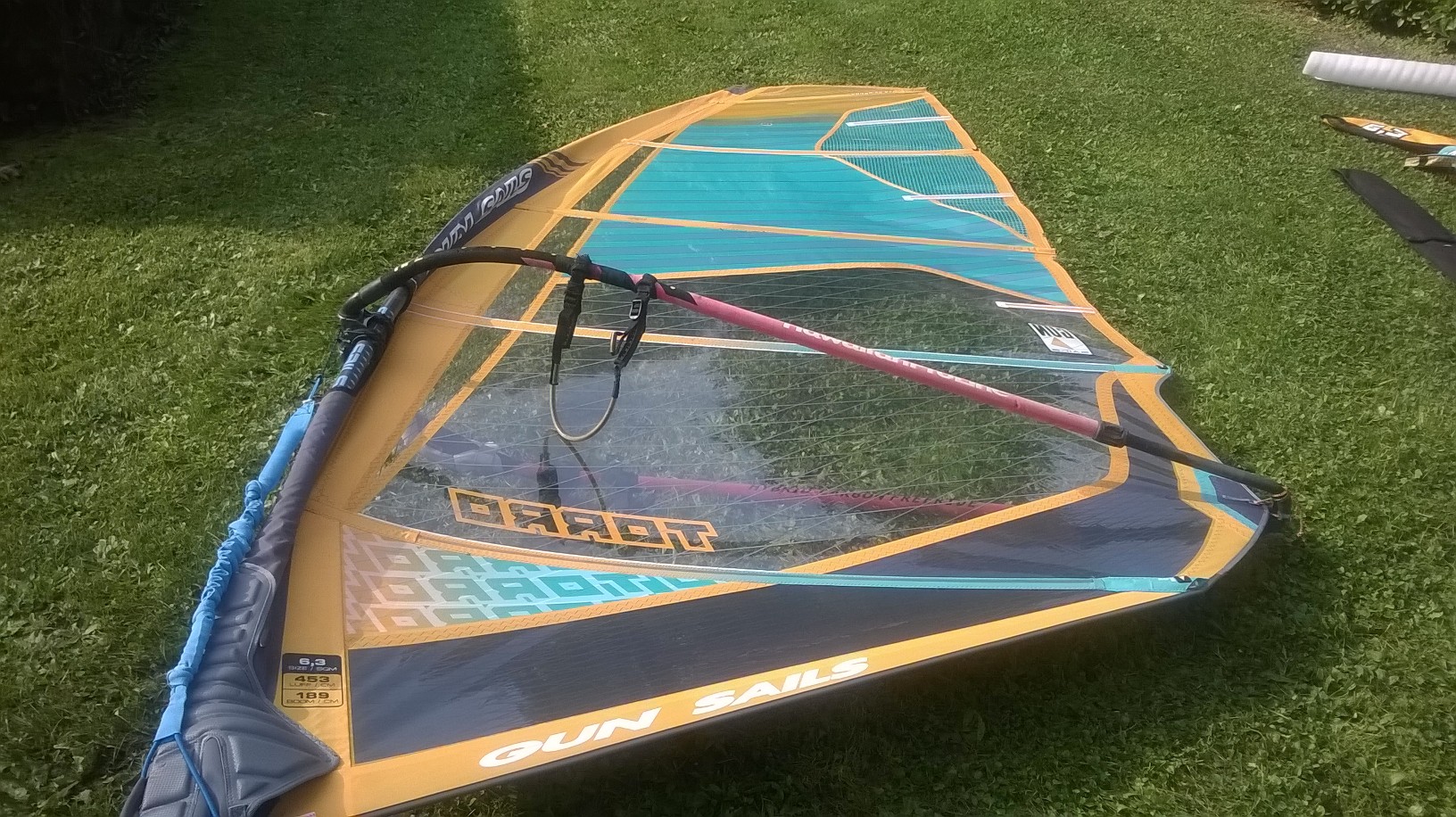
All this procedure, which, described as above, will seem a bit complex to you, with practice, will become easy and very fast; especially if 20 knots are blowing at the spot, and you are looking forward to go out! This is one of the positive aspects of windsurfing: in about 15 minutes the rig is ready.
Before going out, if you have time, we usually recommend a last general rig check, regarding the harness lines and boom position (as long as there is not such a strong wind to make this operation dangerous): put one foot on the base of the sail, pull the sail up, so that you have it vertical in front of you; be careful not to do this on surfaces that can damage the extension, or cause sand or earth to enter in it (the ideal is therefore a rubber or synthetic grass mat).
Check that the boom handle is more or less at the height of your sternum (so it will be as high as your shoulder, when the rig is vertical upon the board in the water). Furthermore (you will need this later in the water), you should also check that the harness lines are fixed correctly, i.e. more or less at the sail center, i.e. at the point on the boom where the wind force is concentrated: if the wind is light, you can manage the sail, holding the boom with one hand, and look for the hand position that guarantees you the possibility to hold the sail well balanced with that one hand. That will be the right position where to place the two ends of the harness lines (close to each other, or spaced, at most, by a fist).
Alternatively, you can find where to place the lines on the boom, with the sail laying on the ground horizontally, by lifting the boom with one hand. You will look for the center of gravity, that is the point that allows you to hold the sail balanced with one hand, without it tilting towards the ground on the mast or clew side. The center of gravity does not correspond to the sail center, but in this way you will identify an approximate adjustment for the position of the lines, which you will then refine in the water. In the water, regardless of what you have done on the ground, the fine trimming must be carried out with these references: if you have to pull more with the front arm to keep the sail when riding, it means that the position of the lines on the boom is too far back and you will therefore have to position them slightly forward (towards the mast); you have to do the opposite trimming, if you have to pull more with the back arm while sailing.
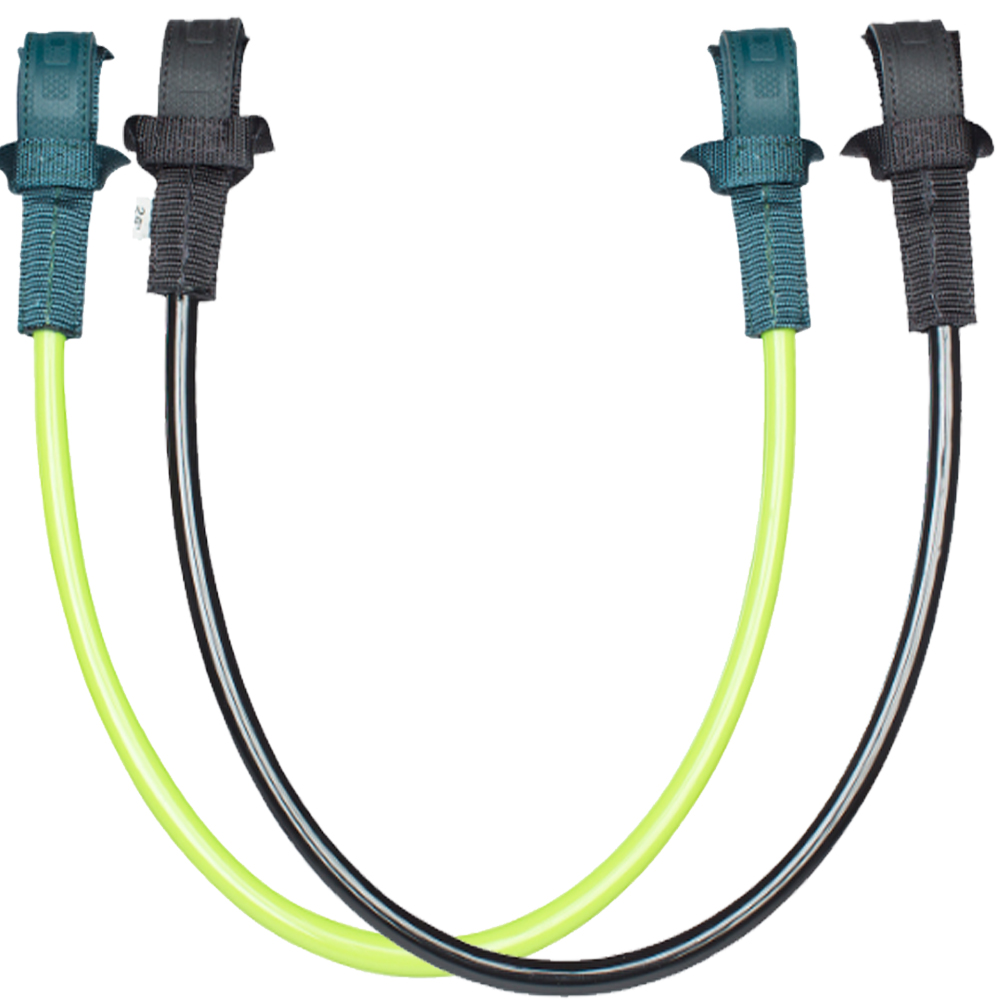
The length of the lines, on average, should be approximately such as to let the elbow enter the "u", holding, with the wrist bent, the boom in the center between the attachment of the two lines. Or, you can check the length of the lines, verifying that, in the water, when you are hooked, the lines go in tension just before the arms (which must remain only slightly bent), as otherwise they would work in place of the lines, and you would get tired. However, this adjustment, within certain limits, also depends on personal tastes and the windsurfing discipline you are doing (for example, in waveriding harness liness are generally kept long enough, to be able to easily unhook when needed). Also consider that long lines as indicated above are necessary to be able to easily start gliding: if you are hooked, and too close to the sail, you have no way to extend the front leg and push with it on the board, immediately behind the mast foot, to be able to make the board accelerate, transmitting to it the power of the sail (read, in this regard, the article about getting gliding).
